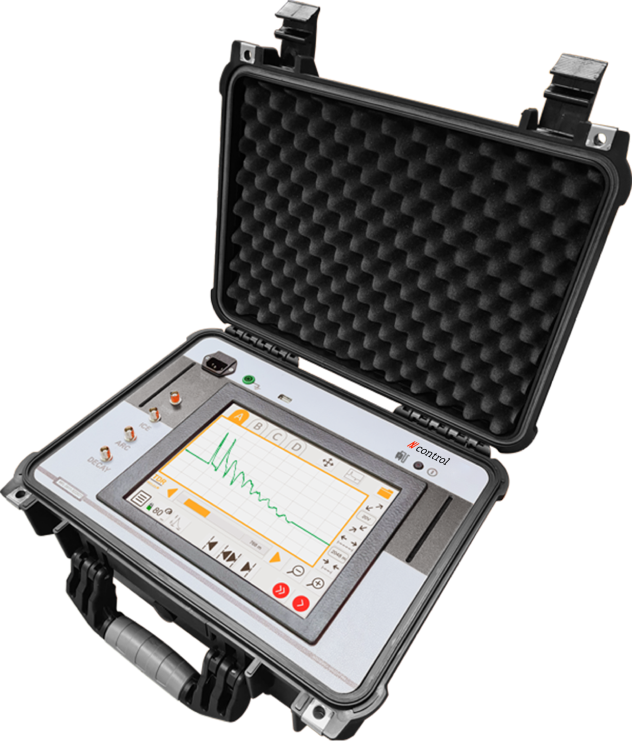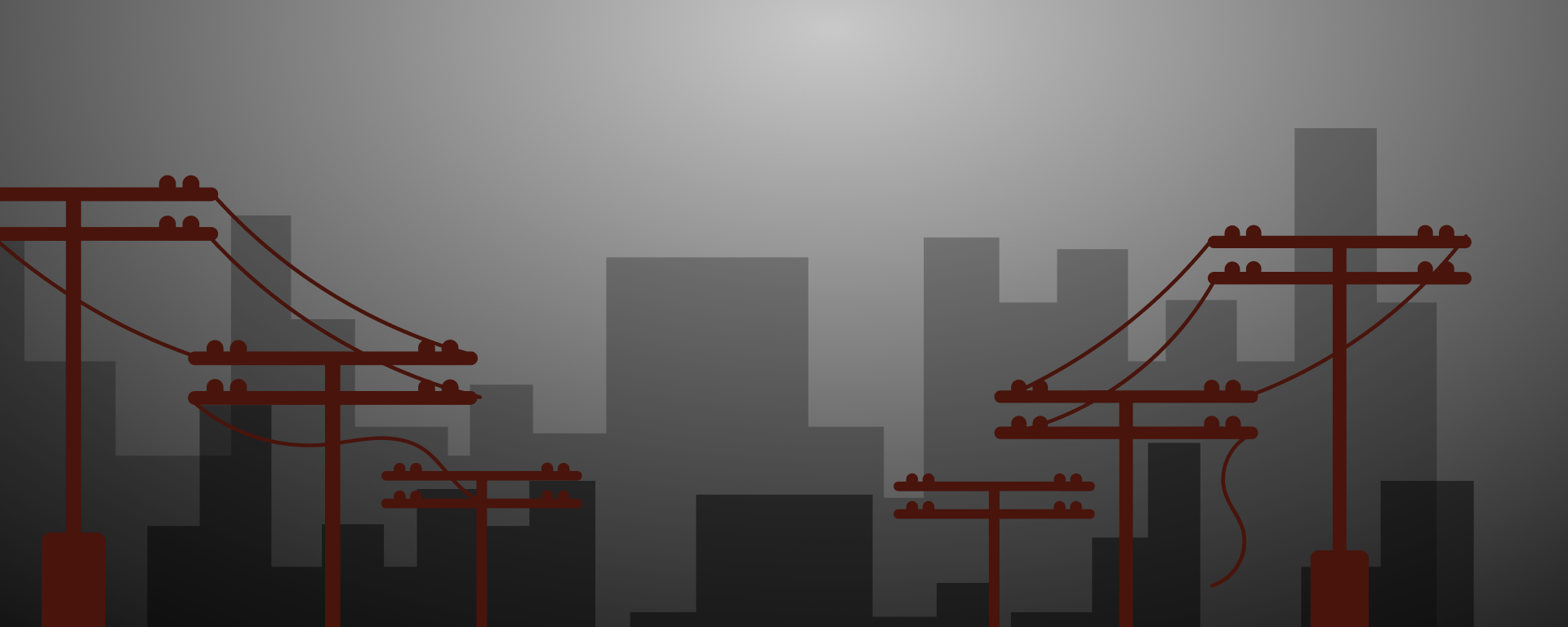A reflectometer, also known as a Time Domain Reflectometer (TDR), is an electronic testing device used to locate faults, discontinuities, or changes in impedance along electrical cables, particularly in high-voltage and communication systems.
The reflectometer works by sending a fast electrical pulse down the cable and measuring the reflected signals that return when the pulse encounters a fault, break, short circuit, or impedance mismatch. By analyzing the time it takes for the reflection to return, the device can calculate the exact location of the problem—often with high precision.
Reflectometers are widely used for:
Cable fault location in power and communication lines
Testing cable integrity during and after installation
Locating shorts, opens, or damaged insulation
Diagnosing underground cable issues without excavation
Key features typically include:
High-resolution display of waveforms
Distance-to-fault calculation
Pulse width and gain adjustment
Memory and reporting functions
Rugged, portable design for field use
In high-voltage systems, reflectometers are essential for reducing downtime, improving safety, and speeding up fault diagnosis in both overhead and underground cables.


